Anti-Aircraft Technology
The war began just eleven years after the first powered flight, but the
new airplane proved very useful with reconnaisance and artillery
spotting, and aviation rapidly expanded. Also new was
anti-aircraft technology. Many of these photos were taken at the
Student Officers' Anti-Aircraft Gun School at Fortress Monroe, Virginia.
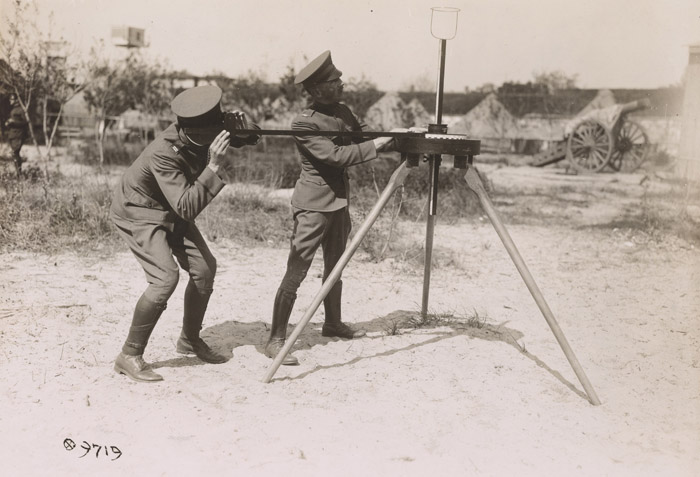
Starting with the Tachyscope. This instrument registers speed of target and direction in which it is bound.
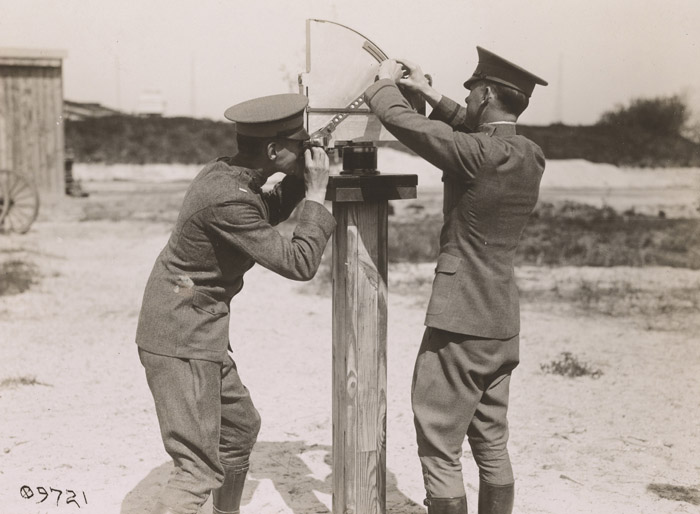
The Telemeter, used for obtaining site prediction, site correction and deflection correction.
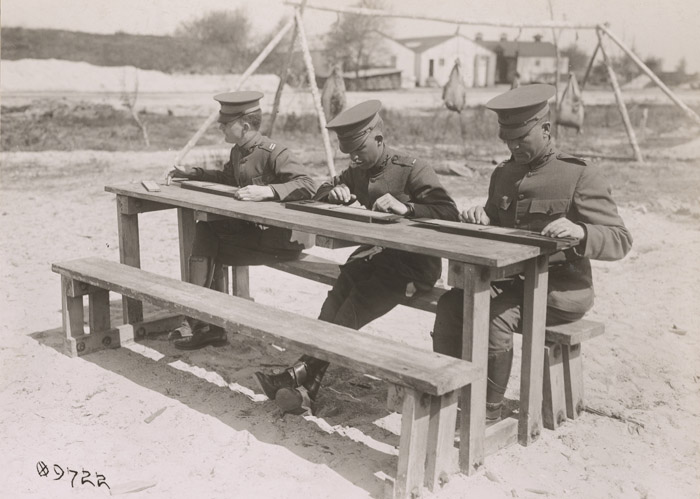
The slide rule used for obtaining site prediction, site correction and deflection correction.
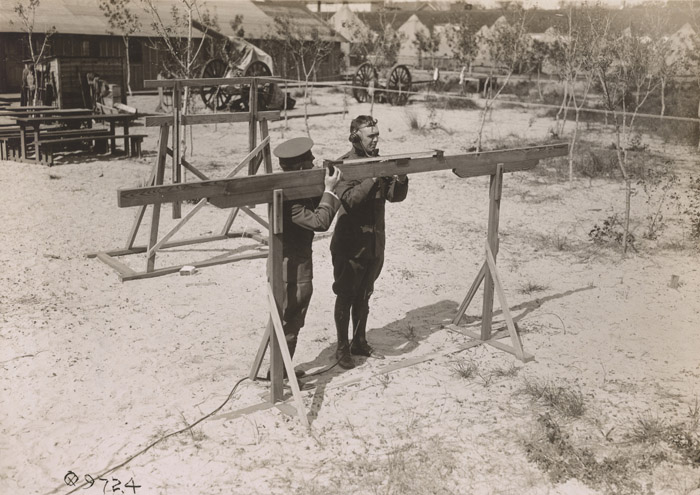
Universal sight moves from right to left and up and down.
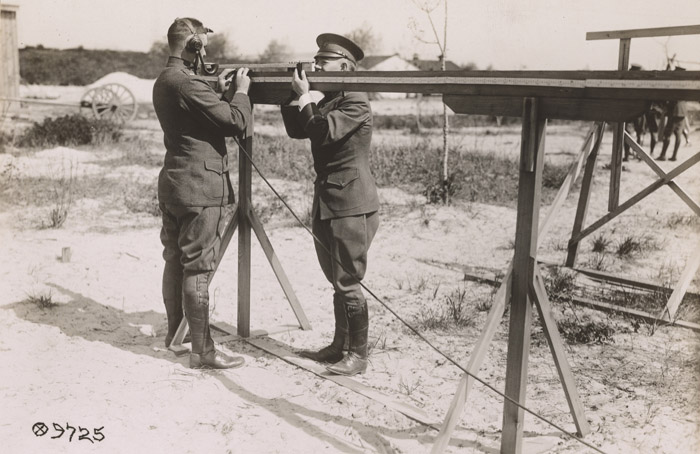
Wire altimeter for obtaining altitude of target. Officer with
telephone receiving range from observer who is in tower 700 feet away.
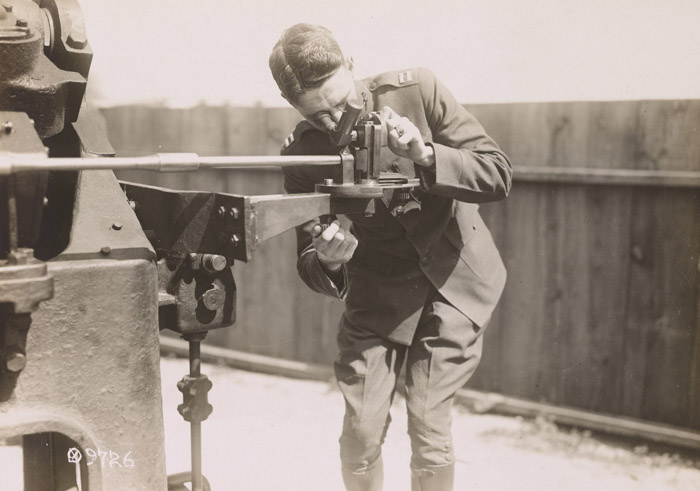
Universal sight moves both from right to left and up and down.
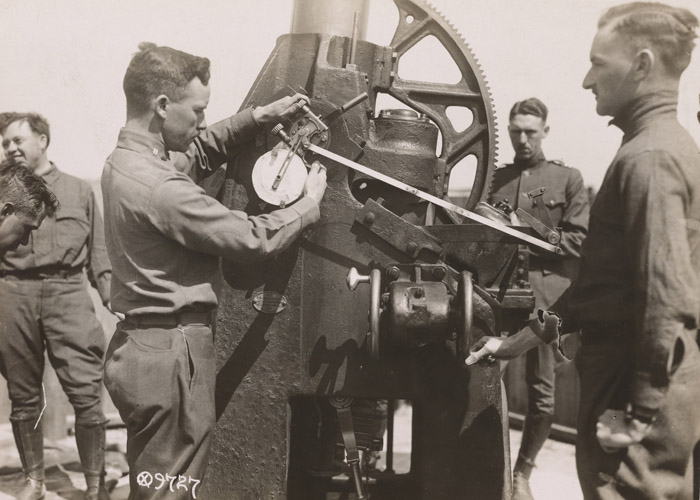
Operating fuse setter range disc.
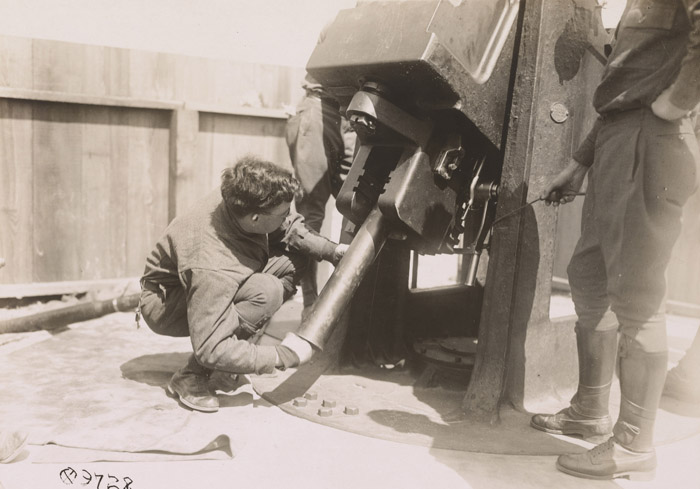
Close-up of projectile being inserted.
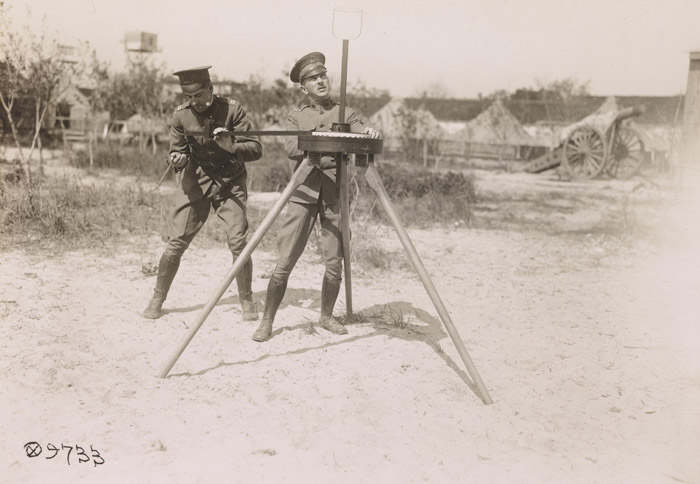
Starting with the Tachyscope. This instrument registers speed of target and direction in which it is bound.
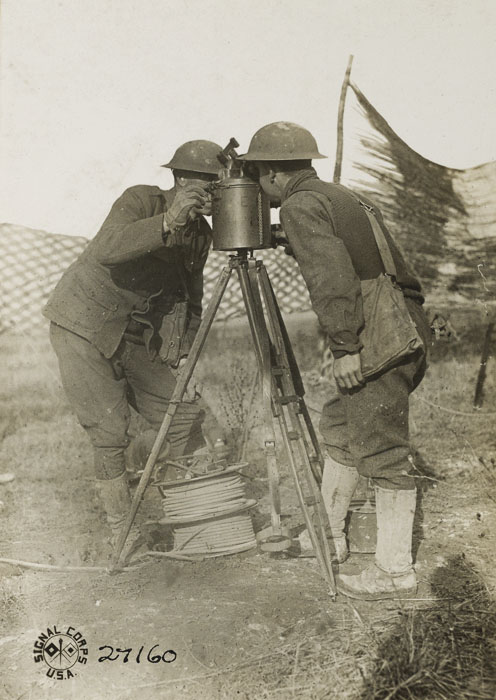
TheBrocq Tacimeter, an instrument which, through an electric current,
furnishes the correct horizontal and vertical incidence of enemy
aeroplanes, so the anti-aircraft guns can get the range. Battery
A, 2nd Anti-aircraft Regiment, C.A.C., south of Fleville.
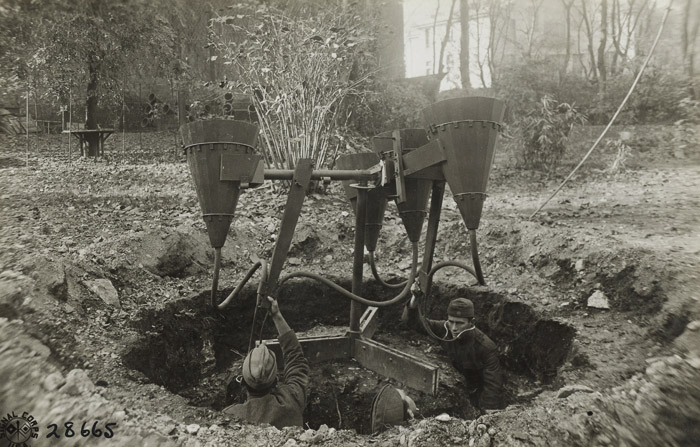
English 18-inch cones with operating handles elevated to an angle of 80 degrees.
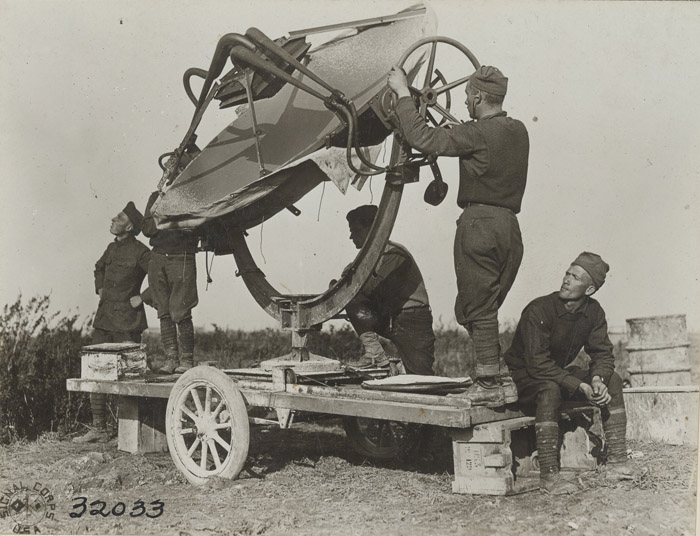
Portable prabloid for locating aircraft (in operation).
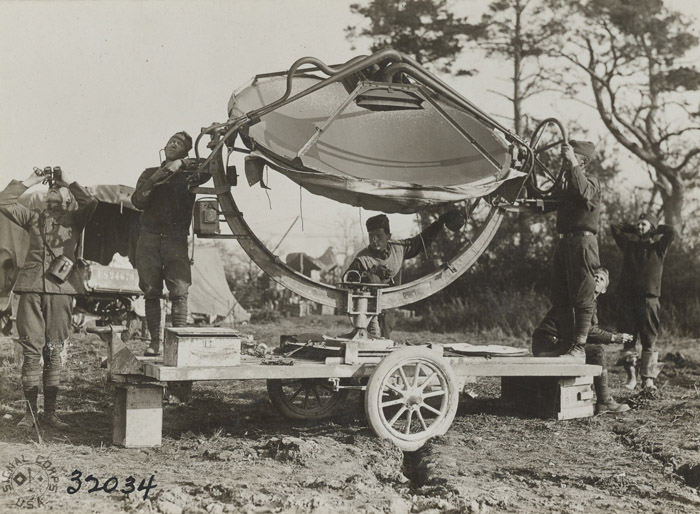
Portable prabloid for loacting aircraft (in operation).
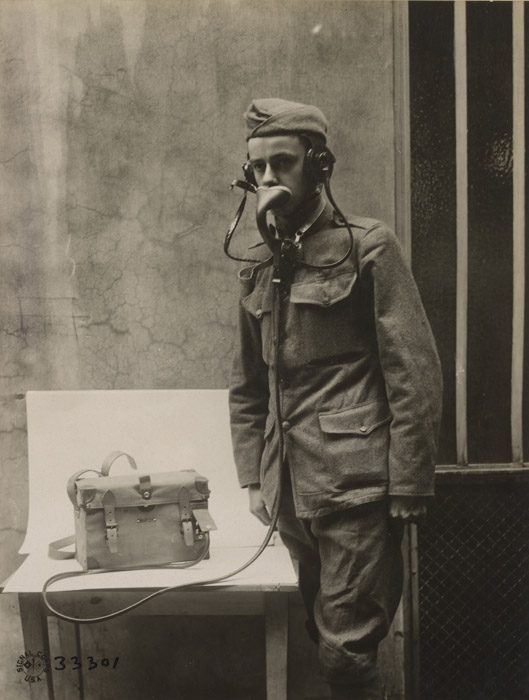
Telephone set for anti-aircraft artillery.
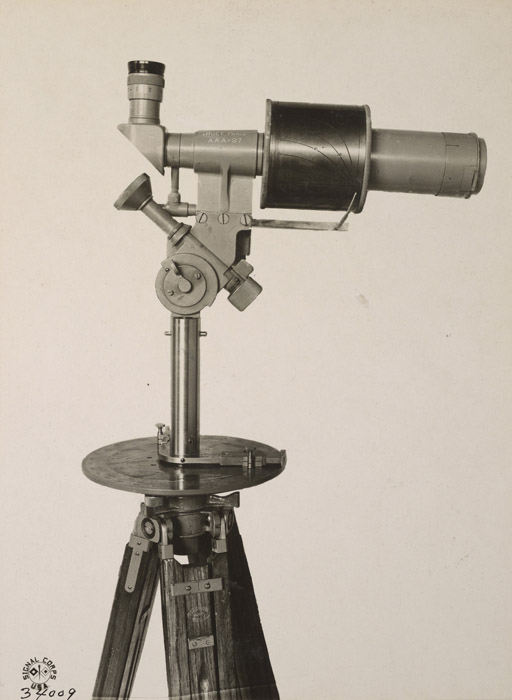
Angle of approach, telescope sight, with wind dial.
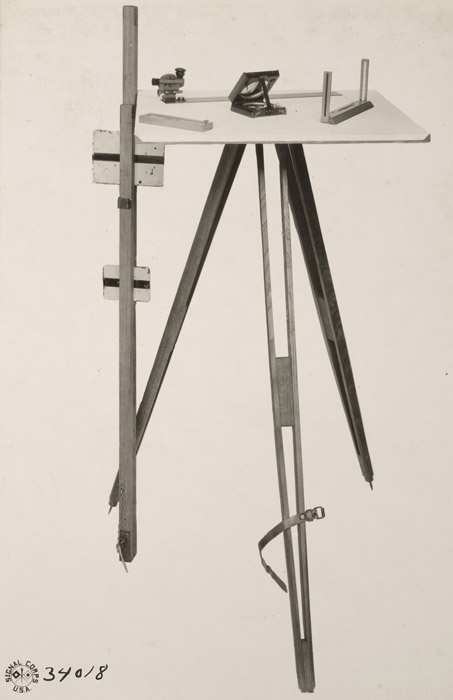
Plane table, tripod, alidade, slope rule, alidade telescopic, Peigne compass, declinator and stadia rode.
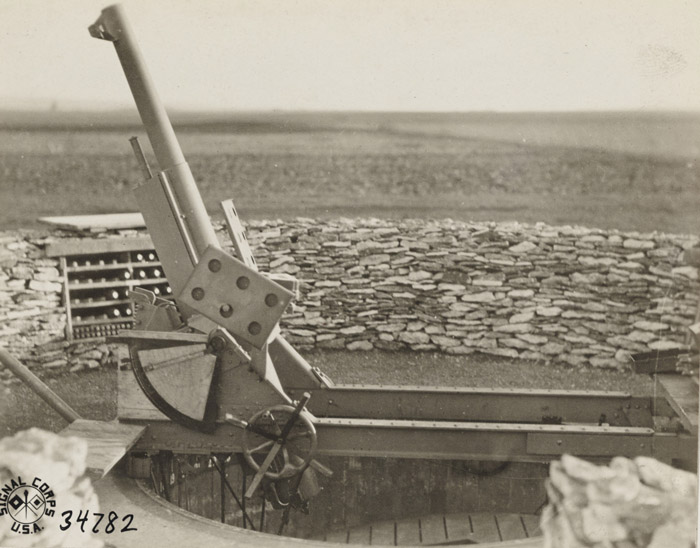
American improvised anti-aircraft mount. 75mm French gun, with
protection and ammunition at 1st provisional anti-aircraft, Battery
Chaumont.
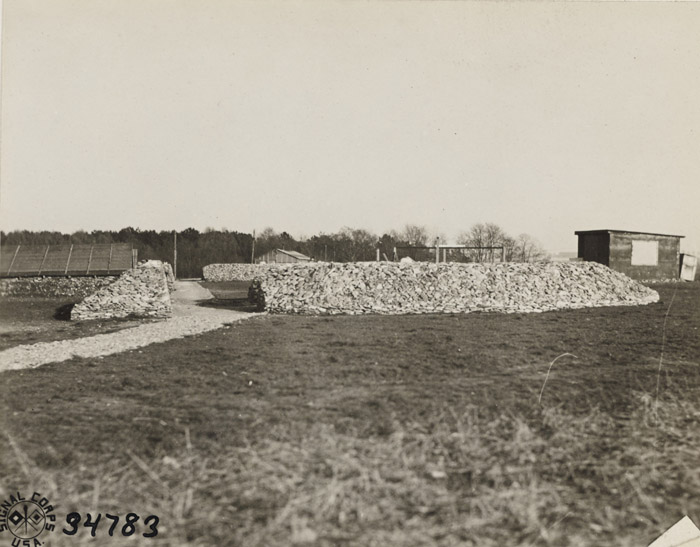
Altimeter, battery protection, ammunition, magazine and workshops of 1st provisional anti-aircraft battery.
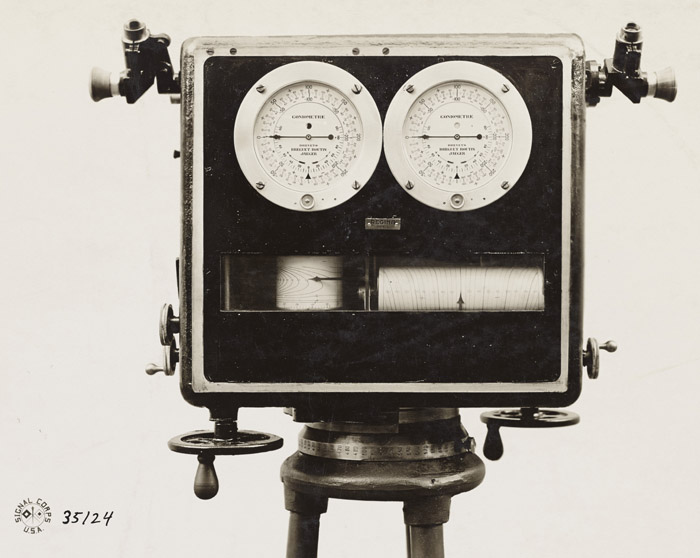
Front view of R.A. corrector, used in getting correct firing range in anti-aircraft work.
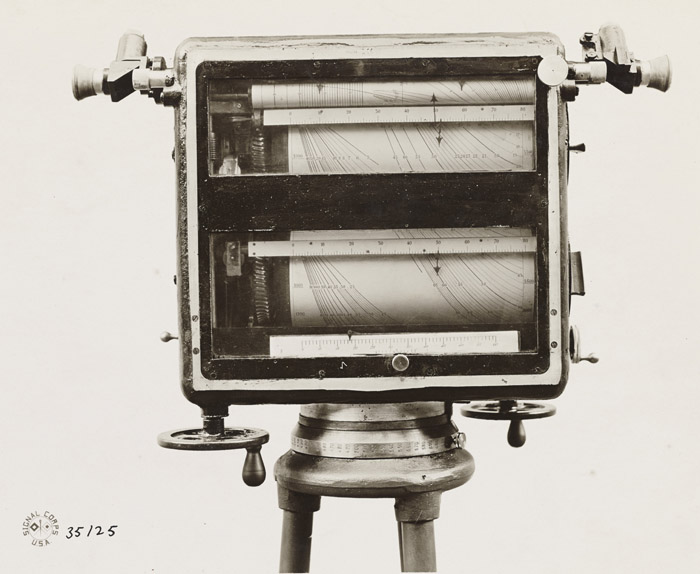
Back view of R.A. corrector, used in getting correct firing range in anti-aircraft work.
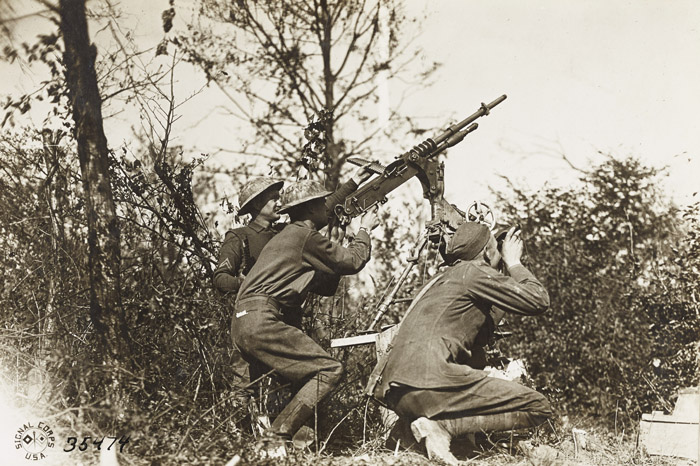
Anti-aircraft gun firing at German plane flying over our lines. Near Cunel.
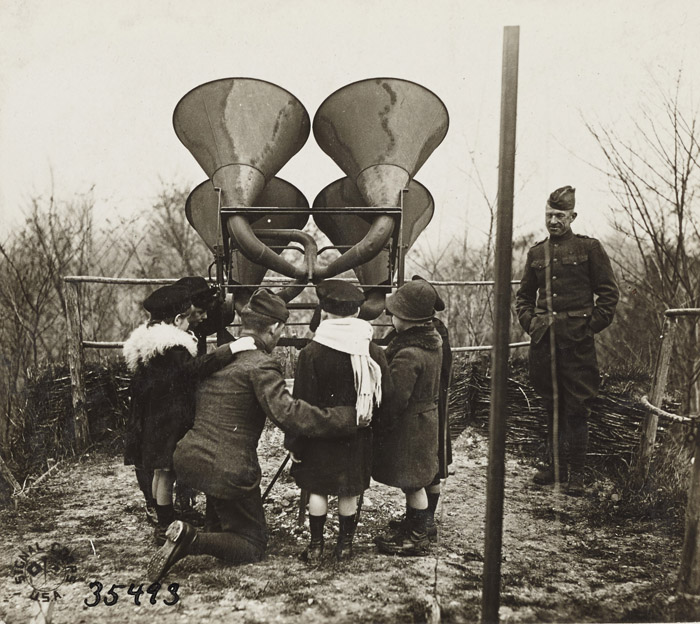
Orphans grouped around listening post that was used to locate hostile planes.
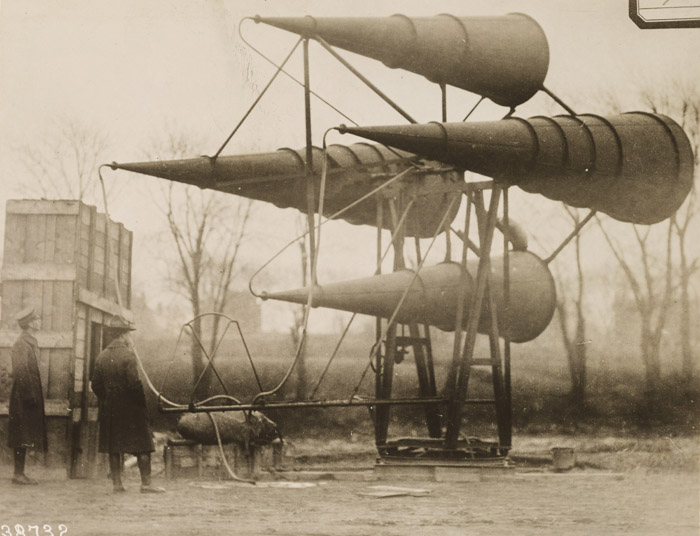
Long horn anti-aircraft set. Used in accurately locating enemy
airplanes eithe night or day. Due to non-portability great size
and weight, apparatus is best adapted for defend back areas, hospitals,
ammunition dumps, etc.
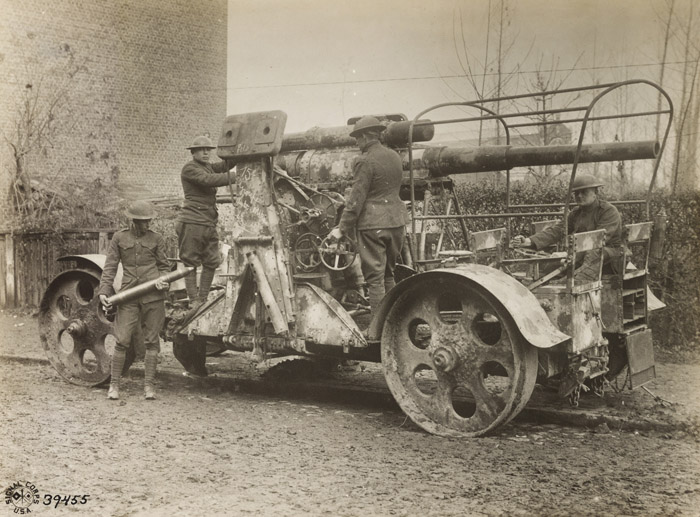
German anti-aircraft gun captured by French Troops and brought into Subdenarde.
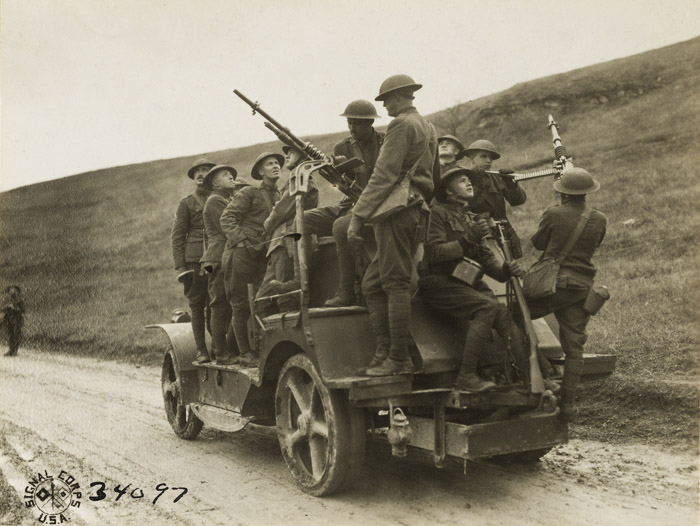
On
guard, the (balloon) winch tender here is mounted with two
anti-aircrafy machine guns that constantly watch for enemy planes while
the balloon is up. It is the Guardian Angel for the Observer.
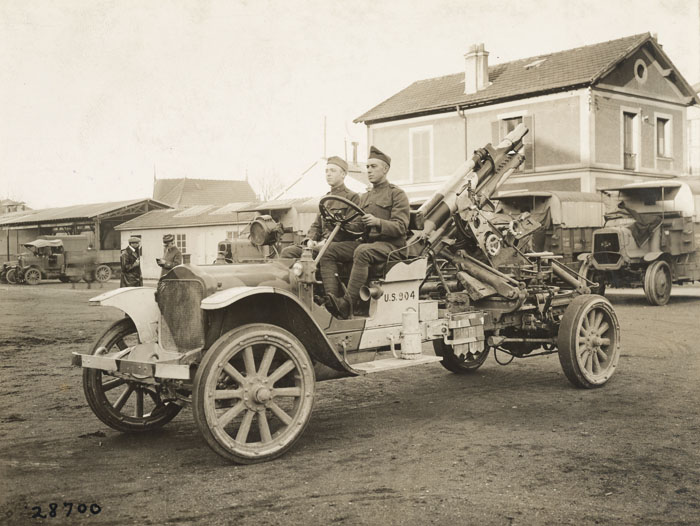
American anti-aircaft 75mm gun, traveling position. View taken of the right side.

























